
This Article From Issue
March-April 2004
Volume 92, Number 2
DOI: 10.1511/2004.46.0
Industrial Strength Design: How Brooks Stevens Shaped Your World. Glenn Adamson. xii + 219 pp. The MIT Press and Milwaukee Art Museum, 2003. $45.
Industrial Strength Design: How Brooks Stevens Shaped Your World is the story of a man, a time and the emergence of an idea—the 20th-century American concept of innovation, which after World War II helped to create an "American Style" that was successfully exported worldwide. Of course, that thrust for innovation also helped to hasten the environmental problems inherent in planned obsolescence—an approach Brooks Stevens unabashedly promoted, claiming to have originated this term, which he defined as "the desire to own something a little newer and a little better, a little sooner than necessary." Stevens's early work celebrated optimistic future-oriented consumerism, and he wrapped everything Americans purchased, from peanut butter to automobiles, in that optimism. The products he designed—the Harley-Davidson Hydra-Glide motorcycle, Evinrude outboard motors, Lawn-Boy mowers, Mirro cookware, the Jeep Wagoneer and the Miller beer bottle (to list but a few)—are household names.
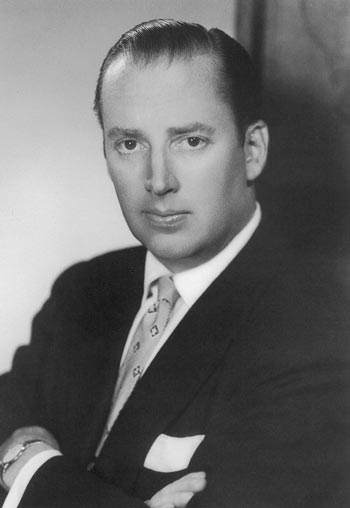
From Industrial Strength Design: How Brooks Stevens Shaped Your World.
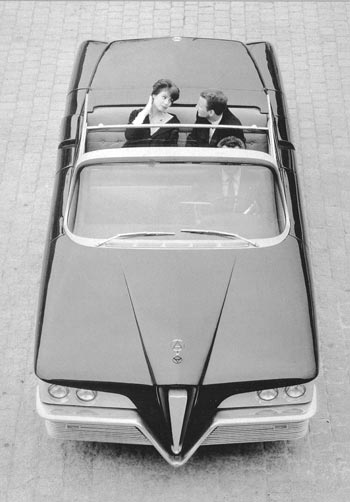
From Industrial Strength Design: How Brooks Stevens Shaped Your World.
Industrial Strength Design was published in conjunction with an exhibition held at the Milwaukee Art Museum in the summer of 2003. (Information about and photographs of Stevens and his work can be found on the museum's Web site, at http://www.mam.org/exhibitions/_sites/brooks/.) The book, copiously illustrated, opens with three essays assessing Stevens's career and then surveys his work chronologically in some detail, serving as an introduction to the field he helped develop.
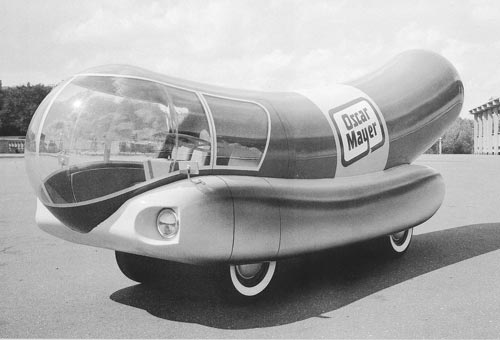
From Industrial Strength Design: How Brooks Stevens Shaped Your World.
The term industrial designer came into use in the mid-1920s to describe a new group of professionals who were assisting American manufacturers in their efforts to make products more competitive by improving their visual appearance and utility while taking into account human factors, such as ergonomics. Formal education of designers started during the 1930s but did not become widespread until after World War II. Pioneers in the field came from a number of disciplines, including illustration, set design, fine art and architecture.
Industrial design is part science and part art. Aesthetics and style must be balanced against market trends, human factors and materials science, and designers must be literate in emerging technology. Anyone who is, as Stevens was, the head of a design consulting firm must also be an expert in salesmanship.

From Industrial Strength Design: How Brooks Stevens Shaped Your World.
The years of Stevens's most active practice, from 1934 to 1970, marked a golden age of product design. By the end of the 1930s, American companies widely accepted the need for industrial designers, who were being used, among other things, to develop pavilions and exhibits for the 1939 New York World's Fair. After World War II the United States emerged as the largest producer-consumer nation in the world. Opportunities for product design and redesign were seemingly unlimited.
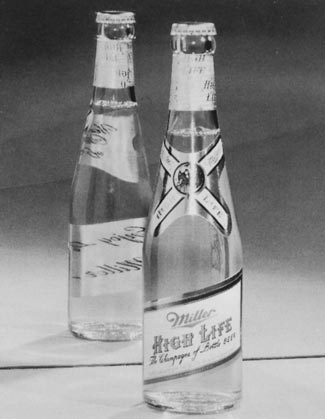
From Industrial Strength Design: How Brooks Stevens Shaped Your World.
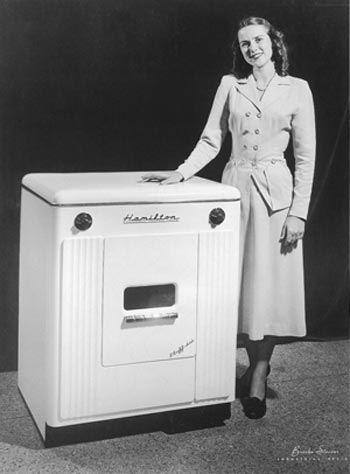
From Industrial Strength Design: How Brooks Stevens Shaped Your World.
Stevens was poised to take full advantage of this unique period in American history. He had received sales training from his father (who was vice president of engineering for a machine tool firm) and had acquired skills in visualization and model making in his youth while recuperating from polio; he had also spent a few years in architecture school at Cornell. In addition, he had grown up in Milwaukee and was able to leverage his small-city relationships there (Ralph Evinrude had been a high school pal) as many of its companies began major American brands. The work Stevens and his firm designed outright or influenced touches every American to this day.
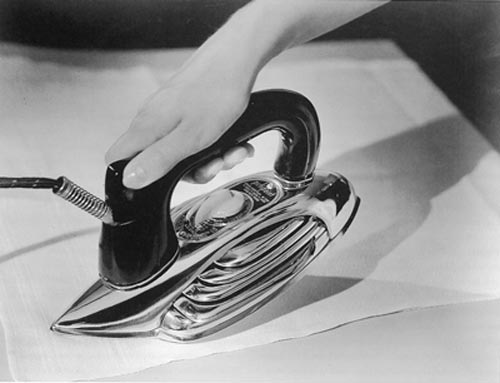
From Industrial Strength Design: How Brooks Stevens Shaped Your World.
This book provides an excellent overview of Stevens's various creations. Designers make the claim that, given the technical specifications of any product and information about the market for it, they can find an appropriate solution; the same methods of innovation used for a train can be used for a clothes iron. The proof of the claim lies in the scope of work represented here: Stevens's consulting firm was able to take raw technology and give it style in a wide range of projects. What is more, Stevens and his partners developed the concept of the corporate laboratory for product aesthetics. (More information about Stevens and his designs can be found at the Web site for the company that still bears his name [http://www.brooksstevens.com].)
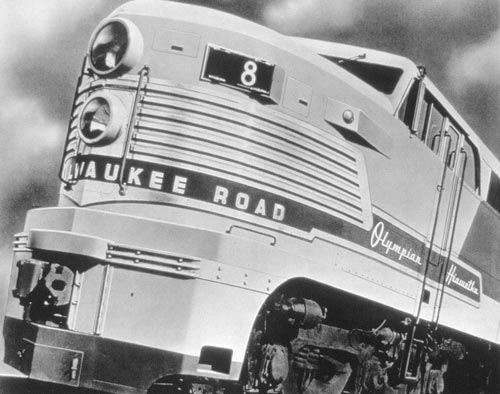
From Industrial Strength Design: How Brooks Stevens Shaped Your World.
Stevens believed that as product technology changes, the product's packaging, its physical envelope and the means it offers users for interaction (its controls, for example) should also change. It may be necessary to alter the look of the exterior because of trends in fashion and entertainment, advances in ergonomics, or changes in how people make use of the product. Also, companies have to redefine and update their corporate identity and the appearance of their products to compete effectively and differentiate themselves in the marketplace. Stevens understood all these factors and balanced them in his designs. His work conveys a sense of exuberance, optimism and confidence. It reflects the spirit of the age, a time when Americans were able to consume without conscience—when the broken promise of a chicken in every pot was replaced by the realizable dream of two cars in every garage, when Disneyland captured the public imagination and television took over the American home.—Craig M. Vogel, School of Design, Carnegie Mellon University
American Scientist Comments and Discussion
To discuss our articles or comment on them, please share them and tag American Scientist on social media platforms. Here are links to our profiles on Twitter, Facebook, and LinkedIn.
If we re-share your post, we will moderate comments/discussion following our comments policy.